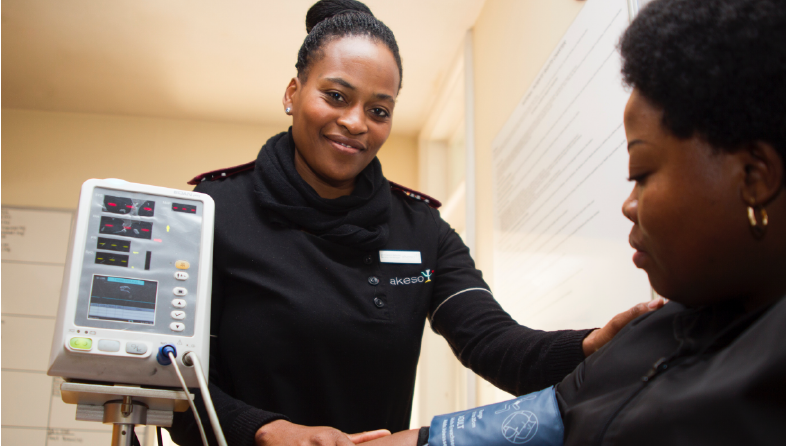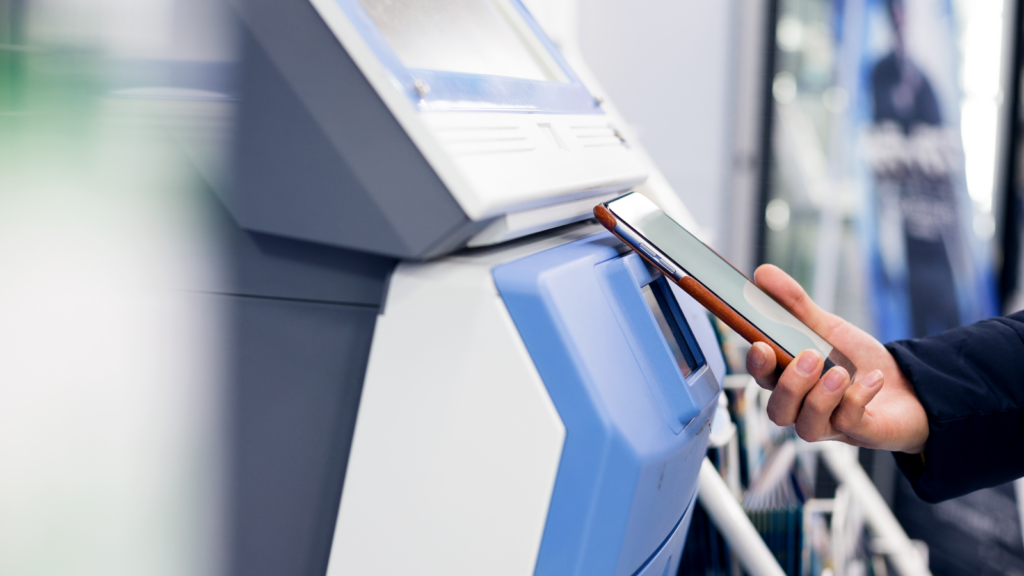Many providers will confirm that they got into medicine to connect with and help patients. A strong patient-provider relationship is the bedrock of positive patient experiences, whether that relationship begins in-person or through a telehealth session. In fact, patients who report their providers connecting with them on a deep level, displaying their clinical expertise, listening to their questions and concerns and explaining concepts in clear layperson terms tend to report better experiences than those who don’t.
Since 1995, clinics, hospitals and other medical professionals have relied on the Consumer Assessment of Healthcare Providers and Systems, or CAHPS, for insights into factors that contribute to the quality of a patient’s encounter with the system.
But the landscape has changed dramatically, especially in the past year. The COVID-19 pandemic has accelerated the push to telehealth, prompting the industry to reevaluate the patient experience.
If providers want to provide top-notch patient experiences, they will need to combine real-time feedback with CAHPS to understand how to continuously improve the overall experience.
Both providers and patient-experience leaders agree it’s time for a change. We are not suggesting CAHPS be replaced, as CAHPS scores affect an institution’s eligibility for reimbursements from Centers for Medicare and Medicaid Services (CMS). But an accompanying cloud-based solution for collecting real-time patient feedback can work alongside standard CAHPS surveys to provide actionable insights that can enhance a patient’s experience and boost the morale of patient-facing employees.
Here are three reasons to add real-time feedback to CAHPS data for a richer picture of patient experiences:
Real-Time Feedback Makes an Immediate Impact
52% of consumers stated that a negative experience they had in the past year could have been improved if they had the opportunity to give real-time feedback and had the company taken immediate action.
– Customer Engagement Now Report, Medallia
Currently, it can take up to eight weeks to obtain CAHPS data, which is a very long time to wait for patient feedback. Obtaining feedback this long after the initial experience leaves little to no room for taking action with the individual who reported a bad experience.
Worse yet, the stale data can eliminate the opportunity for frontline staff to understand where they can take action and make improvements. In a highly procedural environment, giving employees rapid insight into how their actions impact the patient experience can help them continuously improve and, in some cases, boost morale. Real-time feedback and a patient-centered telehealth program can bring you these insights in time to make changes patients will notice.
Real-Time Feedback Provides New Data
CAHPS covers multiple service lines, and the surveys typically focus on the logistics of a patient’s experience — not the individual interactions that make up the overall experience. This shortcoming can be addressed by leveraging real-time feedback capture tools to provide a 360-degree view of the patient’s experience with the provider. This data can allow providers to understand the nuanced journeys individual patients take, even when faced with the same condition. This, in turn, allows the provider to access ways to cater experiences to the individual’s preferences. Imagine the power of putting real-time feedback into the hands of healthcare workers. We could gain immediate insights that lead to real-time improvements in the patient experience.
Real-Time Feedback Adds a Human Element
CAHPS typically gathers logistical feedback, which doesn’t always provide actionable insights. For example, client check-ins are an unavoidable step in the user experience, so a CAHPS question about whether that happened offers little insight about the encounter. A real-time feedback model can capture more details that contribute to a positive or negative experience, such as problems finding a place to park, a long check-in wait, issues with telehealth or a particularly positive encounter with front line staff. Real-time feedback emphasizes the impact of each moment in a patient’s journey both inside the doctor’s office and outside the doctor’s office or in a telehealth session — and enables providers to take action on moments in a journey that previously felt out of their control.
Currently, CAHPS is the standard for assessing patient experience in healthcare. But adding a real-time feedback model to a CAHPS protocol can add new insights for creating an optimal experience — not only for patients but also for the providers working to provide quality care, whether this is in-person care or virtually through telehealth.
Learn more about improving access to healthcare with Medallia’s new Telemedicine Suite.
Learn More







